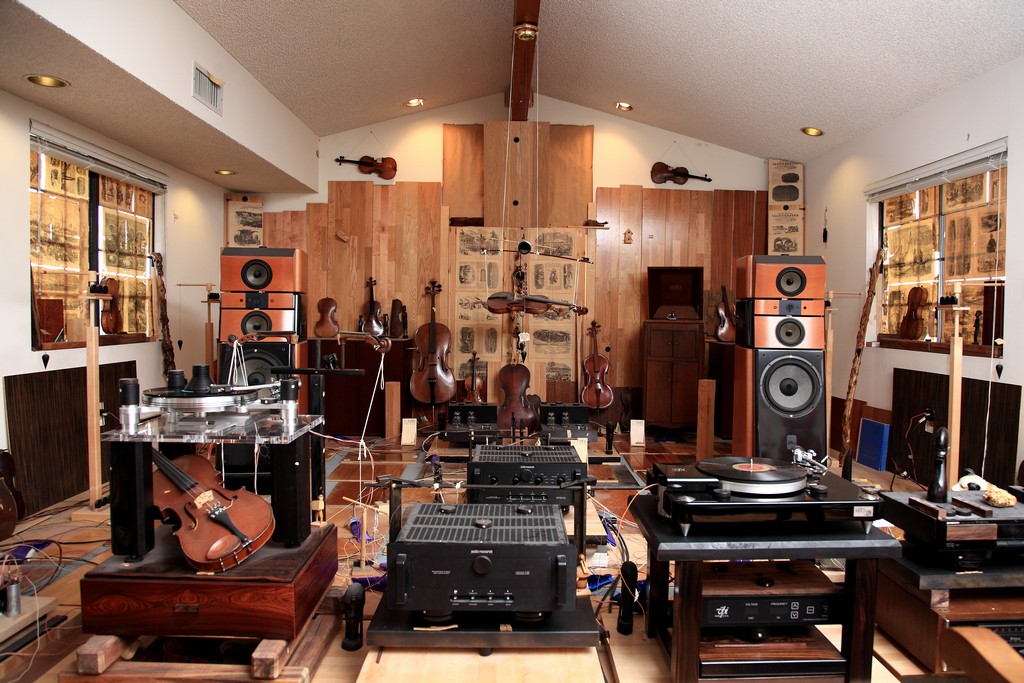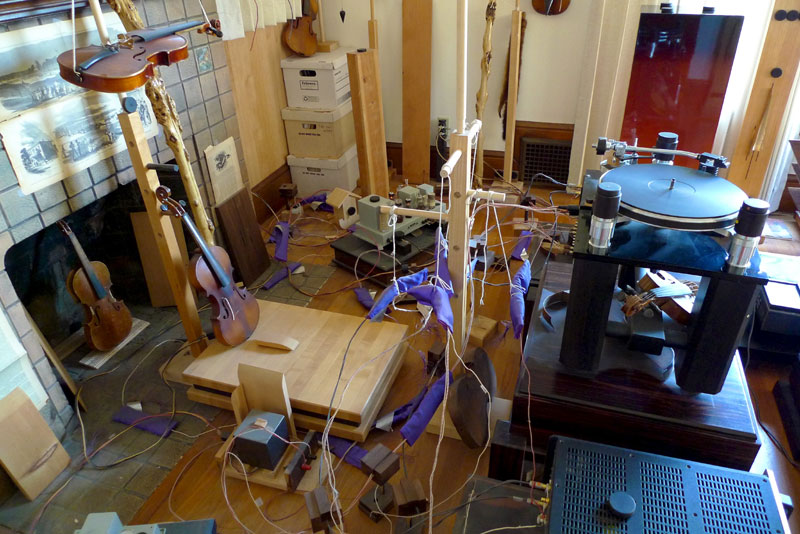jeremyjustic
Analog
You know , the upside down city skyline things on ceilings, wooden slats angled at different directions, different shapes and angles all over the place. How do they figure out what weird shape to put where? I'm sure there is a science to it but is it something the general enthusiast can do on his own? Now I'm not talking simple sound absorption panels in the first reflection points, I'm talking full on purpose built listening rooms.
Any of you guys have recommendations of articles to read or any info you could point me to on the different theories behind those types of treatments? Could you share some of your knowledge on how to take room treatments to the next level. Maybe some of the basic ideas behind them. Any suggestions for DIY projects?
I know this has been discussed heavily on this forum so lets skip the basics and dive head first into full on audiophile nerdom.
Thanks in advance for the information guys! Here are some pics to make you drool....
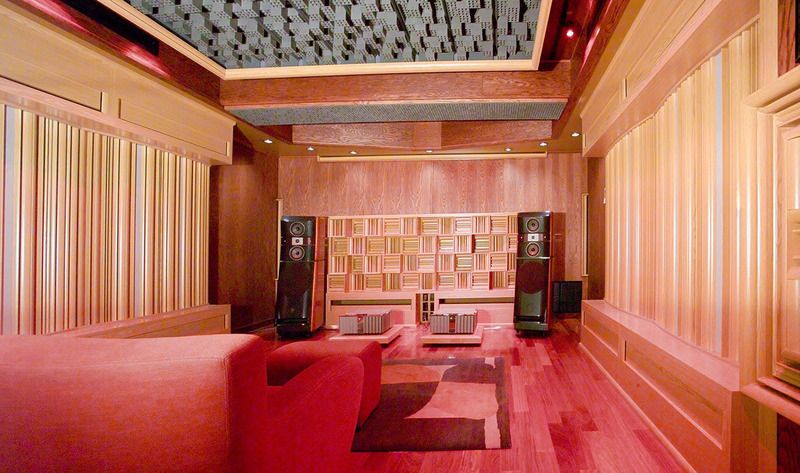
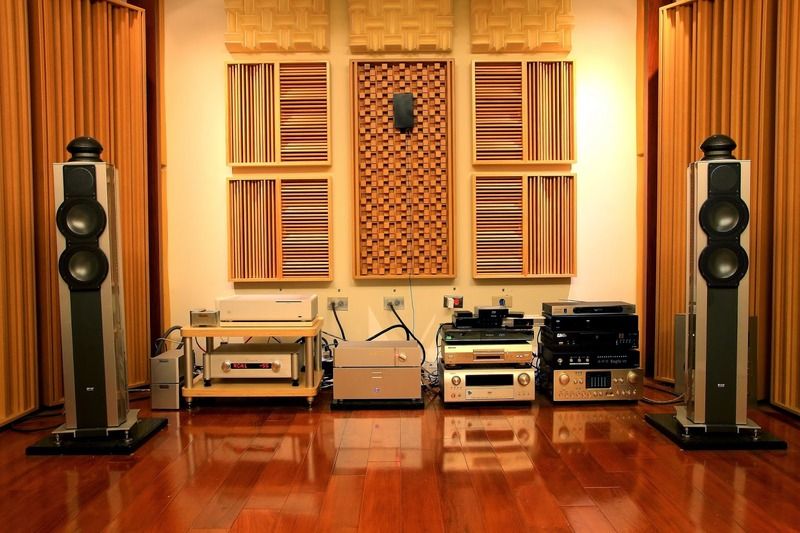
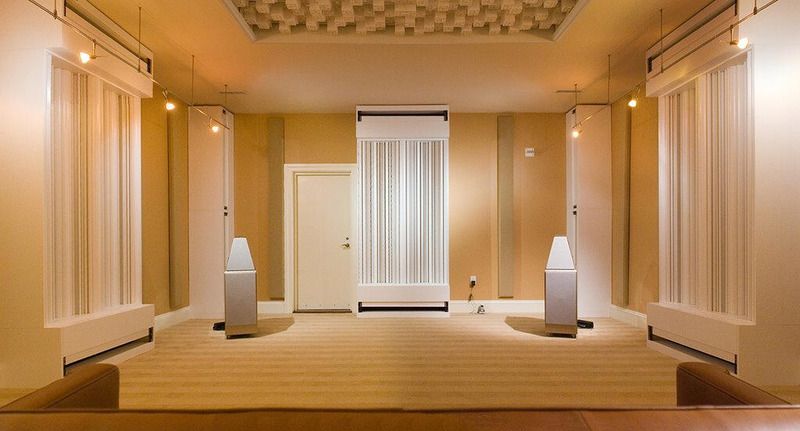
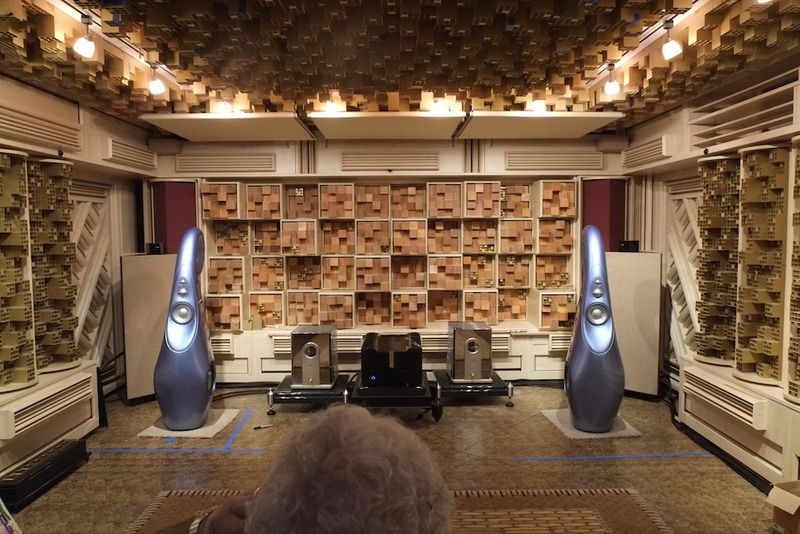
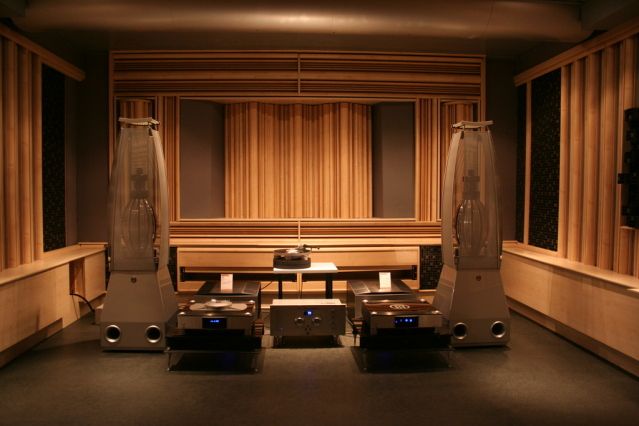
Any of you guys have recommendations of articles to read or any info you could point me to on the different theories behind those types of treatments? Could you share some of your knowledge on how to take room treatments to the next level. Maybe some of the basic ideas behind them. Any suggestions for DIY projects?
I know this has been discussed heavily on this forum so lets skip the basics and dive head first into full on audiophile nerdom.
Thanks in advance for the information guys! Here are some pics to make you drool....










